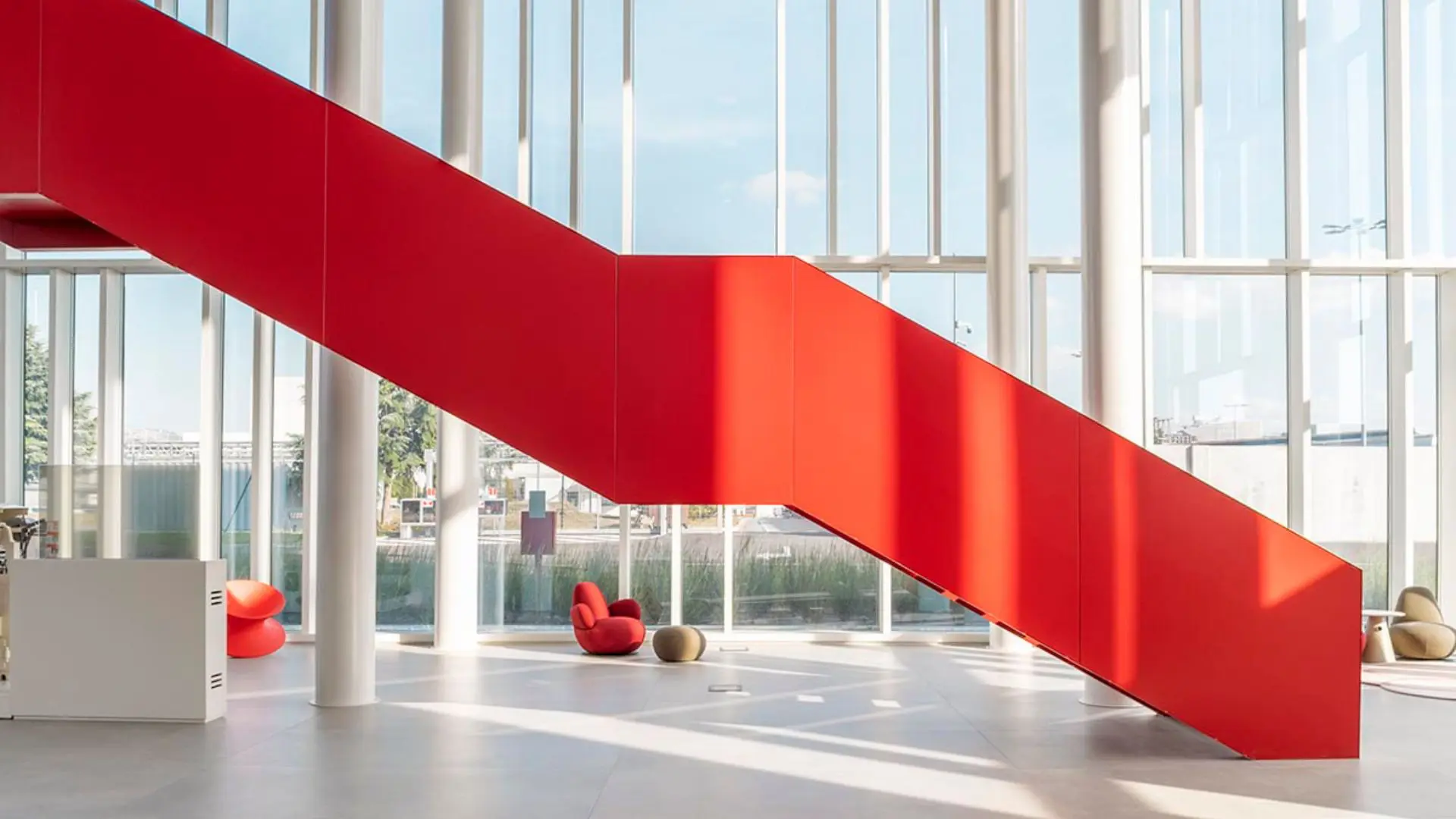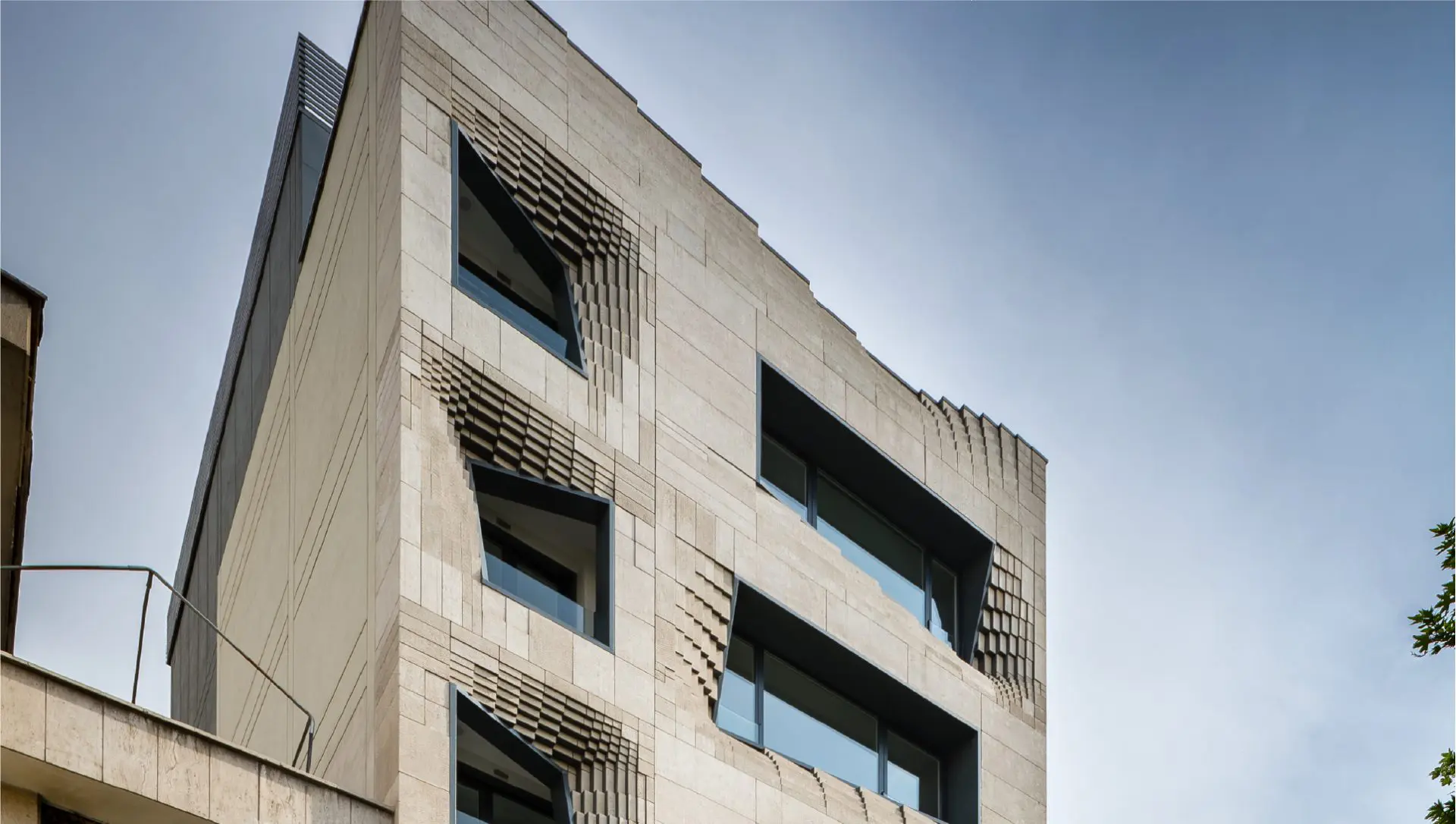Living underwater is no longer a dream thanks to Proteus
Proteus it’s the first underwater facility created by the aquanaut Fabien Cousteau and Yves Behar that will accommodate 12 people for over a month.
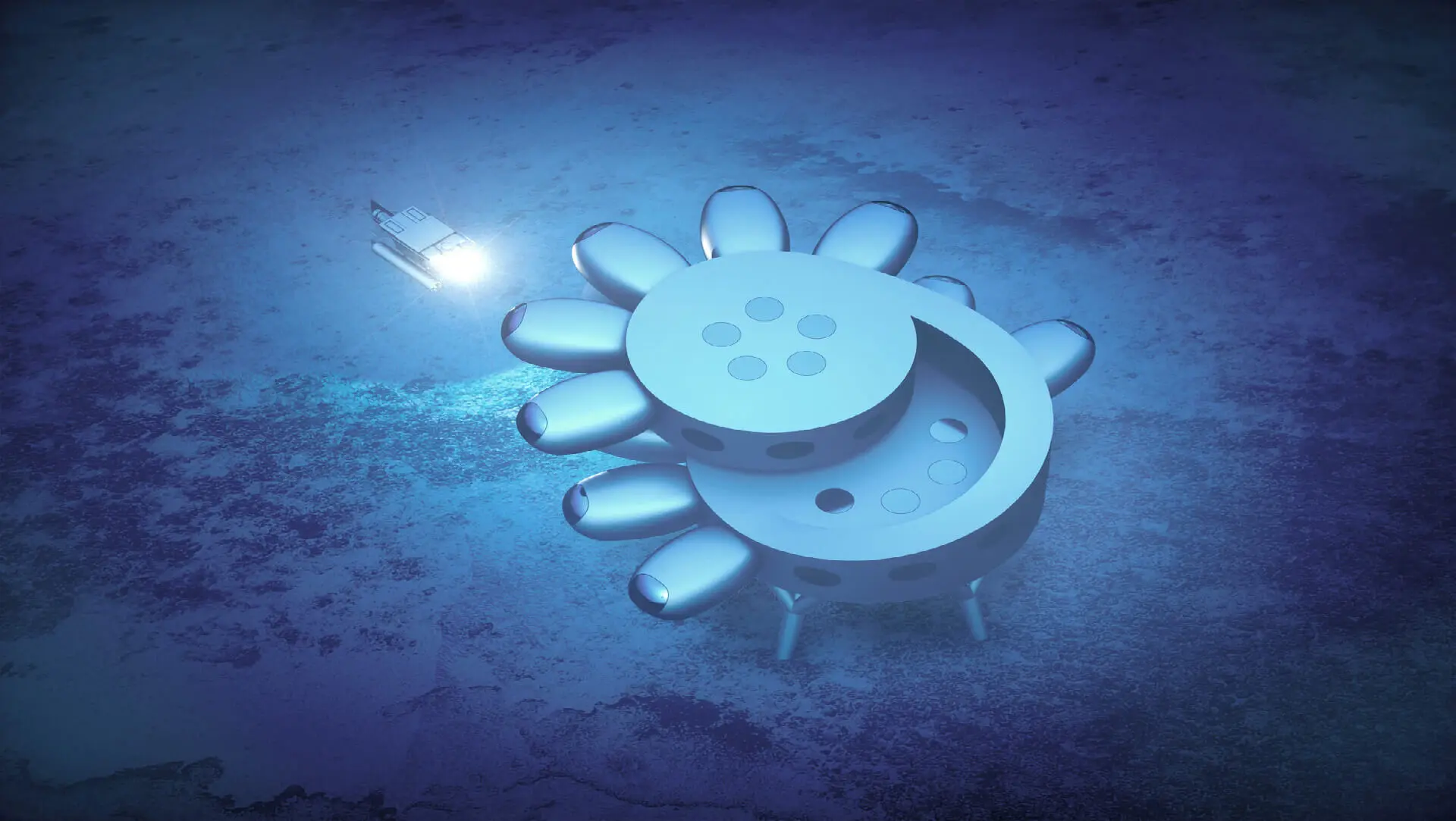
Proteus’ design intent is to offer an effective, comfortable and attractive destination for researchers, and an exciting underwater structure that garners the same passion for ocean exploration as we have for space exploration.
The Proteus spiral architecture houses social and workspaces as well as a communication studio and a submersible moonpool. Surrounded by pods for sleeping quarters, research labs, and facilities that can be modified and added on overtime, Proteus is both practical and an icon that will change the way we experience ocean research.
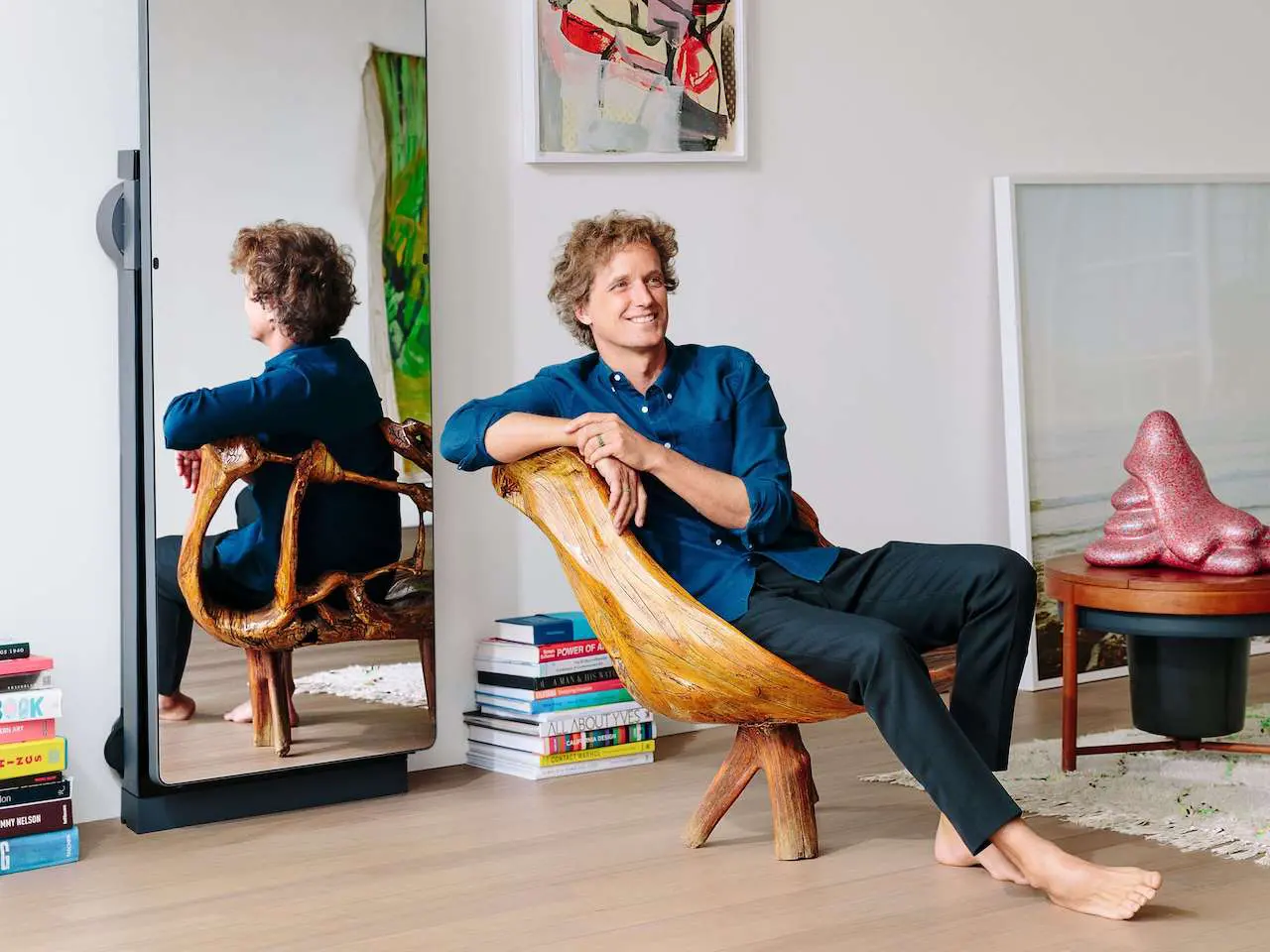
“As a California resident and long-time surfer, I have always had a strong connection and appreciation for the ocean. There’s a respect for the ocean, its power and its mystery. As our planet faces increasing environmental crises – crises that are especially hard to ignore from my home in San Francisco – the ocean has become even more of a central force on the world stage, with flooding and surges decimating coastlines from Florida to India. As we look for design solutions to protect ourselves and our world from increasingly harsh climates, it is imperative that we first design new ways to study the sea.” stated Yves Behar, founder of Fuseproject, the design team behind Proteus.
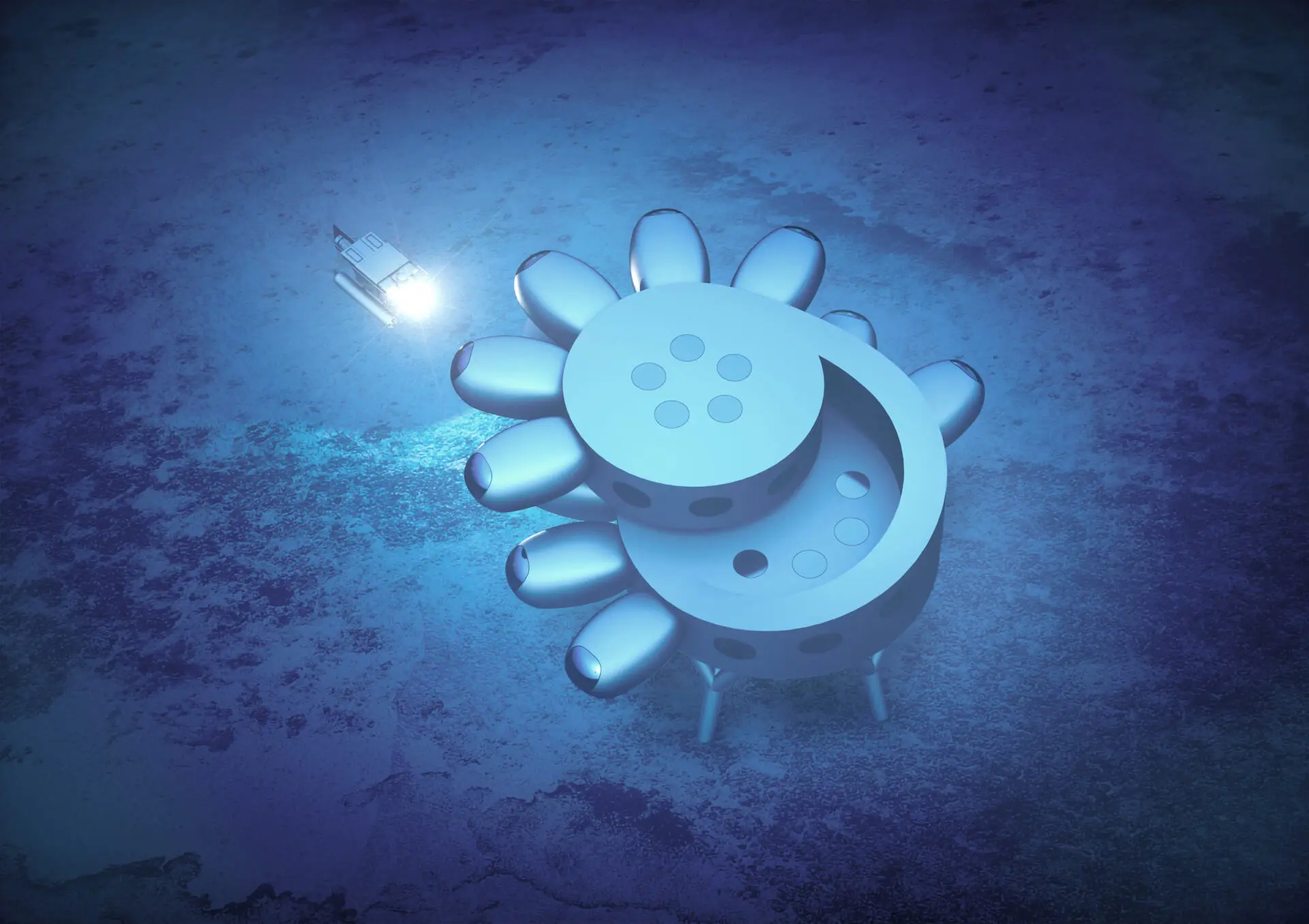
He went on, explaining the reasons behind their collaboration with Ocean Learning Center: “As such, my team at fuseproject and I decided to get involved with an organization that brings together technical experts in different fields to conduct independent research, secure capital funding, and form new partnerships to address issues of global importance. Through these conversations, I met Fabien Cousteau, first grandson of Jacques-Yves Cousteau. Our passions and sense of purpose aligned: we are both deeply invested in the health of our oceans and believe that ocean science and exploration is crucial not only to conservation but to the very health and viability of our planet.“

“This relationship developed into a trusting partnership and now a collaboration with Fabien and the Fabien Cousteau Ocean Learning Center’s most important project to date, and one that I am deeply grateful to be involved in. The team at fuseproject are designing concepts for Proteus, Fabien’s vision to develop a permanent underwater research station that will advance scientific and oceanic research by making it livable for scientists to work for long periods of time, in order to carry out a variety of research missions. Fabien shared his idea to create a research center that could serve global science and research institutions, attract entrepreneurs and inventors, and educate students of all ages.” continued Yves Behar.
Understanding the limitations of underwater research better than anyone, setting the then world record for longest amount of time living under water at 31 days, Fabien and his team know the research potential will be exponentially accelerated when scientists can live, explore and analyze uninterrupted for extended periods of time.
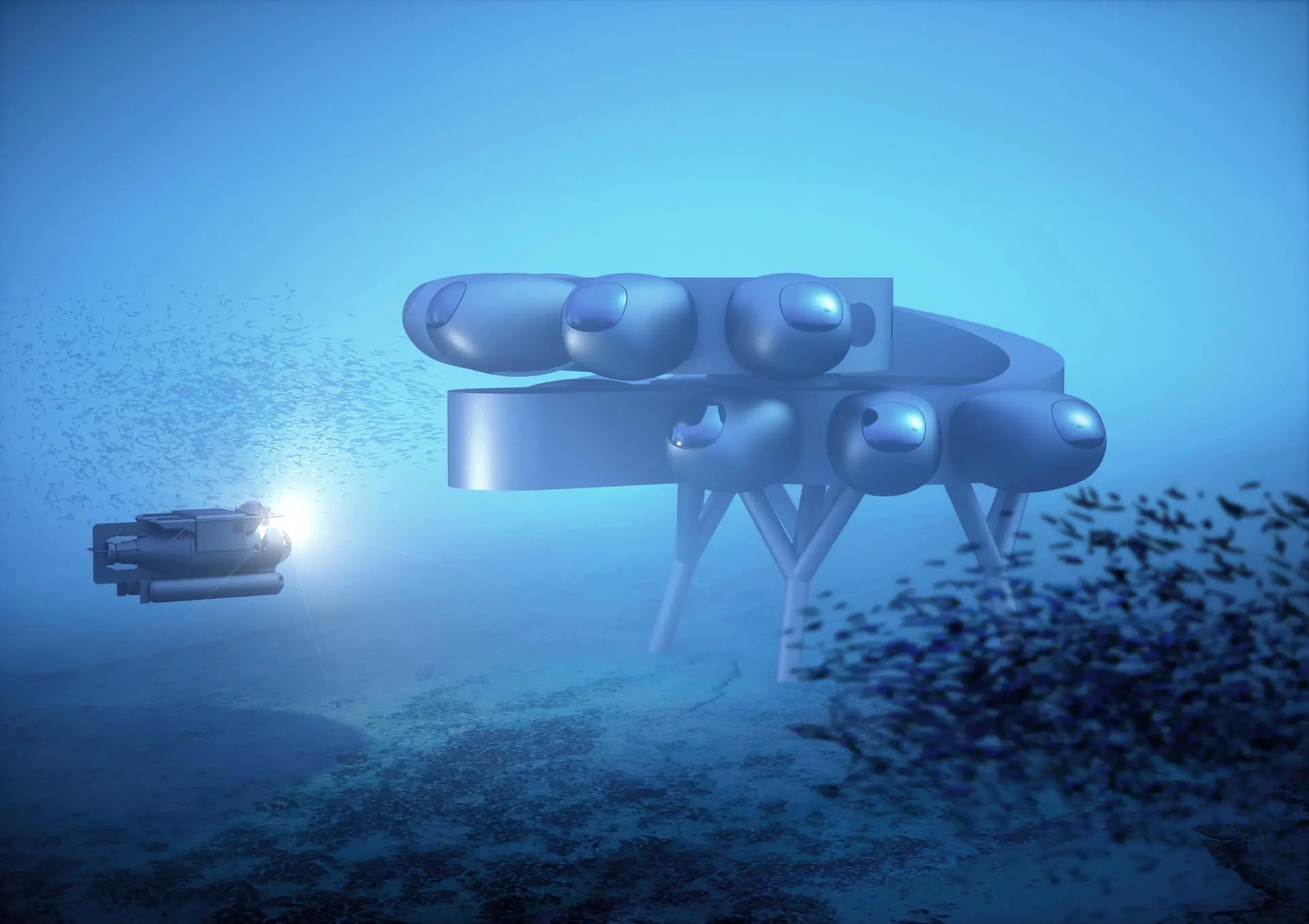
At 4,000 square feet, Proteus will be three or four times the size of any previously built submarine habitats, accommodating up to twelve people at once. Attached to the ocean floor by legs designed to adapt to the variable terrain, the design is based on the concept of a spiral.
A series of modular pods are attached to the main body of Proteus and accommodate a variety of uses such as laboratories, sleeping quarters, bathrooms, medical bays, life support systems and storage. The largest pod contains a moon pool allowing submersibles to dock. These pods can be attached or detached to adapt to the specific needs of the users over time.
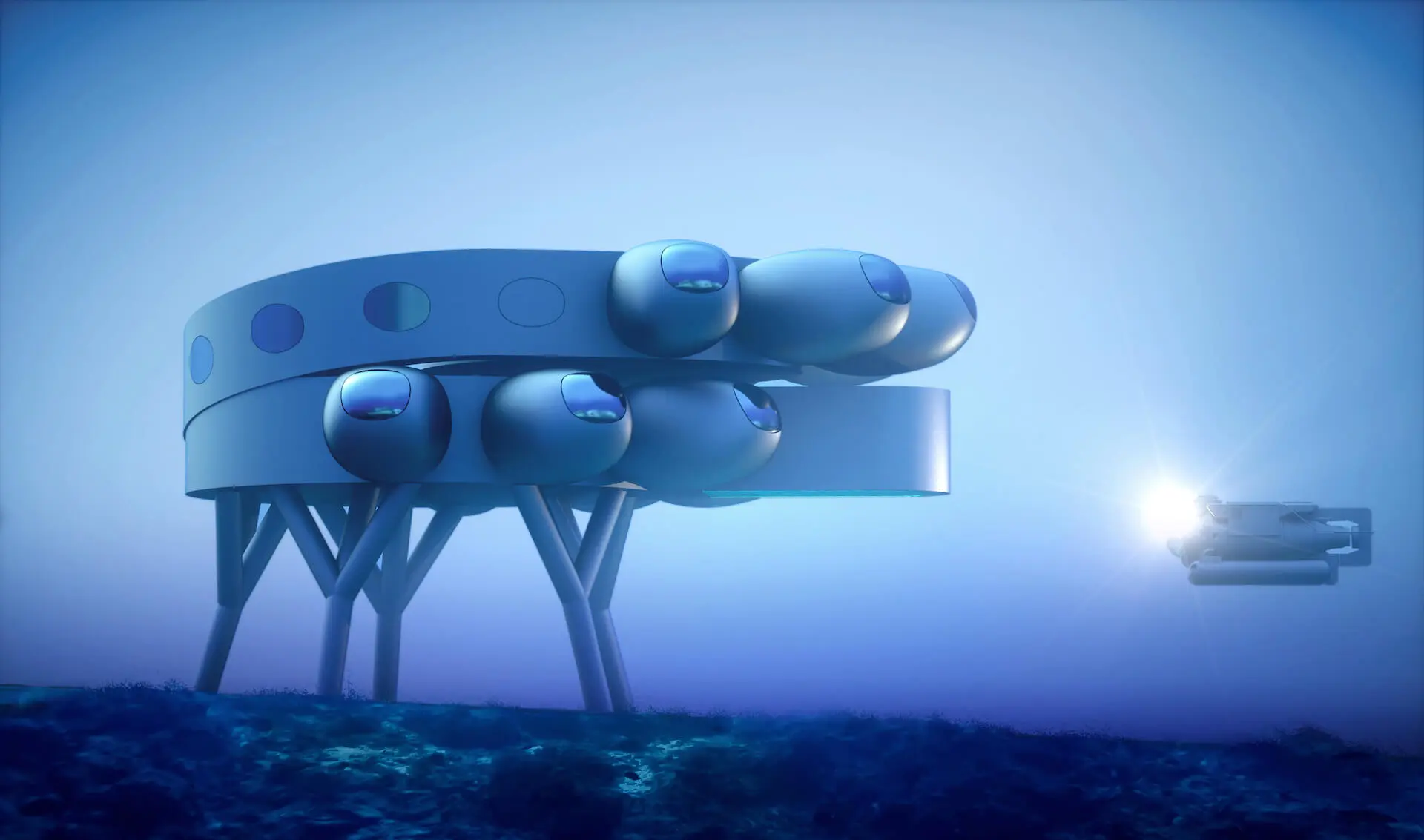
The two levels of Proteus are connected by a spiral ramp to encourage physical activity and movement for the inhabitants. The ramp connects the main spaces within Proteus which are designed to feel inviting and comfortable, an approach which is a departure from most facilities of this nature which typically forego comfort and a sense of home in favor of cold utility.
These common spaces include a living room, kitchen, dining, and work areas. Proteus will also have the first underwater greenhouse so residents can grow fresh plant food in order to solve the challenge of not being able to cook with open flames.

Two of the other biggest challenges to staying underwater for longer spans of time is the social isolation and lack of natural light. Proteus’ central spaces will provide physical comfort, social connection and professional collaboration.
Additionally, the station will be designed to gather as much light as possible from windows, on the top, and around the sides of the structure.
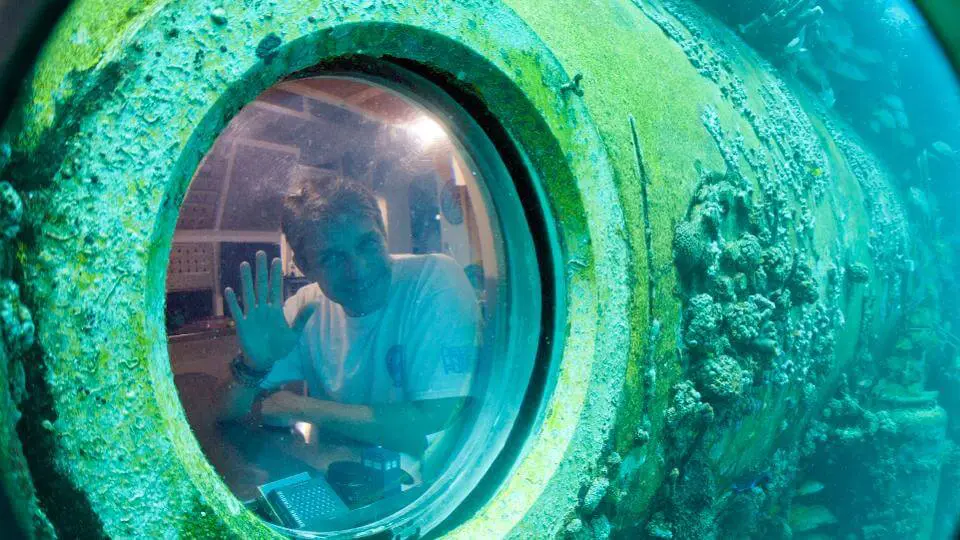
In regard to his future expectations, Yves Behar said: “My hope is that the same passion we have for space exploration and the space station will converge to our ocean station. With this first step, humans can interact with the very entity they hope to understand: our oceans. We can begin to lay the foundation for a more sustainable existence moving forward.“








